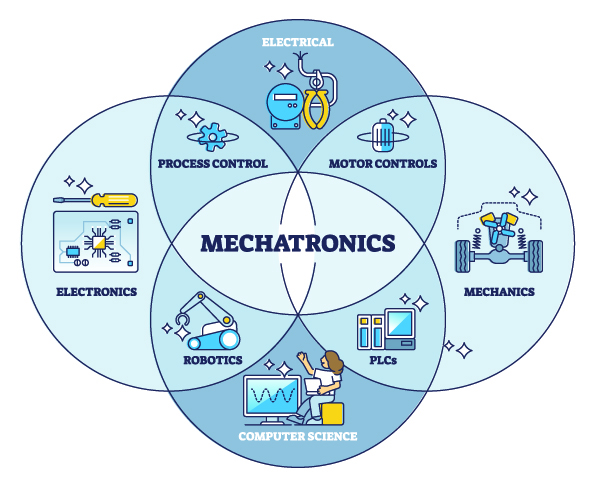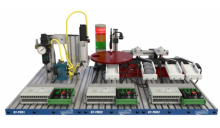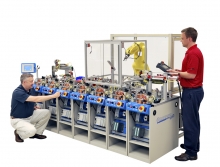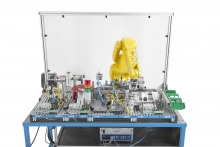What is Mechatronics?
Where Mechanics and Electronics Converge

In the ever-evolving landscape of technology, the term "mechatronics" has gained prominence as a multidisciplinary field that seamlessly integrates mechanics, electronics, computer science, and control engineering. This harmonious convergence has given rise to a new era of innovation, where intelligent machines and systems work together in synergy. In this blog, we'll delve into the fascinating world of mechatronics, exploring its definition, applications, and the exciting possibilities it presents.
Defining Mechatronics
Mechatronics, a portmanteau of "mechanics" and "electronics," refers to the synergistic integration of mechanical engineering, electronics, computer science, and control engineering to design and create intelligent systems and products. It involves the seamless collaboration of these diverse disciplines to develop advanced systems that can perform complex tasks with precision and efficiency.
Key Components of Mechatronics
Mechatronics begins with a solid foundation in mechanical engineering, involving the design and analysis of physical systems. This includes components like sensors, actuators, and mechanisms.
The electronic aspect of mechatronics involves the use of sensors and electronic circuits to gather data from the environment. Microcontrollers and other electronic components play a crucial role in processing and interpreting this information.
Software and programming are integral to mechatronics, enabling the creation of intelligent algorithms and control systems. Computer science principles are applied to ensure seamless communication and coordination among various components.
Mechatronic systems require precise control mechanisms to operate efficiently. Control engineering focuses on developing algorithms and systems to regulate the behavior of the integrated components.
Applications of Mechatronics
Mechatronics finds extensive applications in the field of robotics, where intelligent machines mimic human actions. Robotic arms in manufacturing, autonomous vehicles, and drones are examples of mechatronic systems at work.
Industrial automation heavily relies on mechatronics for the design of automated systems that enhance efficiency, accuracy, and safety in manufacturing processes.
This branch combines mechatronics with biology to create devices like prosthetics and exoskeletons that enhance or replicate human capabilities.
Everyday devices such as smartphones, cameras, and smart home systems often incorporate mechatronic elements for improved functionality and user experience.
Future Trends and Challenges
As technology continues to advance, the field of mechatronics is poised for exciting developments. The integration of artificial intelligence, machine learning, and the Internet of Things (IoT) will further enhance the capabilities of mechatronic systems. However, challenges such as ethical considerations, cybersecurity, and the need for interdisciplinary expertise remain areas of focus for researchers and practitioners.
Conclusion
Mechatronics stands as a testament to the power of interdisciplinary collaboration, unlocking innovative solutions to complex problems. As we move forward, the continued evolution of mechatronics promises to shape the future of automation, robotics, and intelligent systems, revolutionizing how we interact with the world around us.






